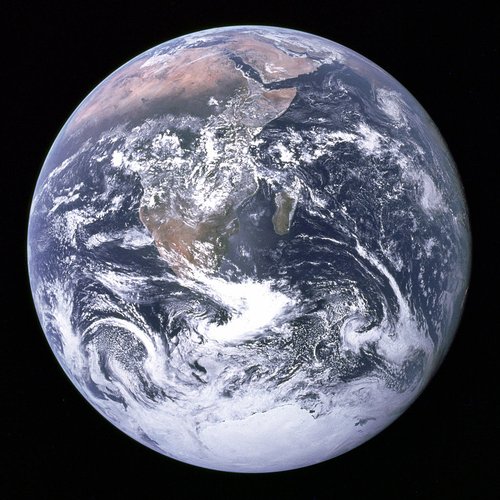Current Info for Observer
as of 04/24/2024 4:26 a.m.
Please login to view current observation details
Satellites

General Info
as of 04/24/2024 4:26 a.m.
| Type | Planet |
| Constellation | None |
| Orbits | Sun |
| Right ascension | (Hours) |
| Declination | (Deg) |
| Mass | 1.0 ⊕ |
Our home planet | |
☉ Solar Masses ⊕ Earth Masses j Jupiter Masses
Naked eye
0 points
LOVE this planet!!! I see it all the time!
Naked eye
0 points
NLC season is here! First display of noctilucent clouds that I've seen this year. Noticed them through the window as I was getting ready for bed, but I quickly grabbed a camera and rushed outside to admire and photograph them.
Naked eye
0 points
Currently very cloudy in this locale. I hope to be able to get out and observe soon... but it's Santa Cruz and the spring cycle has started. Ever night now, the fog comes in. This will continue for a long time well into the summer. It means I have to travel to a higher elevation to observe. Not the end of the world but far from the luxury of just pulling my scope out the back door.
Naked eye
0 points
With my naked eye, I saw the pouring rain, coming down on me... It feels all right.
Seriously, though, waiting for a clear night so I can make some real observations!
0 points
Generate a finder chart
The following form will generate a PDF finder chart suitable for printing using to locate objects in the sky with your telescope!
The Date is only really useful for solar system objects, as deep space objects move measurably only on a galactic timescale.
The larger the F.O.V (field of view), the more "zoomed out" the object will appear. It can be helpful to print several charts of the same object with different field of views.
Limiting the magnitude (remember, lower magnitude means brighter!) of stars and objects can make sure your chart is not cluttered with dim objects that you may not be visible to you anyway. The defaults are good, but try experimenting with raising and lowering the values.
Please login to post comments

